Market Hall is a successful and popular county museum, and a great example of how museums are evolving away from Victorian values, and towards a more purposeful and responsive approach. Exhibits are not longer displayed so as to reinforce Victorian man’s sense of civilised superiority, contrasted with chaotic and violent nature. We see a more nuanced perspective, including reflecting on the stories of the people who collected and curated the exhibits.
For the first episode of the Museum Explorations podcast, Dr Robert O’Toole talked with Dr Jon Radley, curator of Natural Sciences. The conversation began in front of a new display about the Victorian palaeontologist Mary Anning (below). This will soon also include a small sculpture of Anning (the maquette used to model the full sized statue in Lyme Regis). This shows how the museum has evolved from a traditional focus on artefacts organised taxonomically, towards telling stories about artefacts and their collection. Who collected? Why? How were they curated? What assumptions were made? What was missed out? What were the explicit and implicit messages?
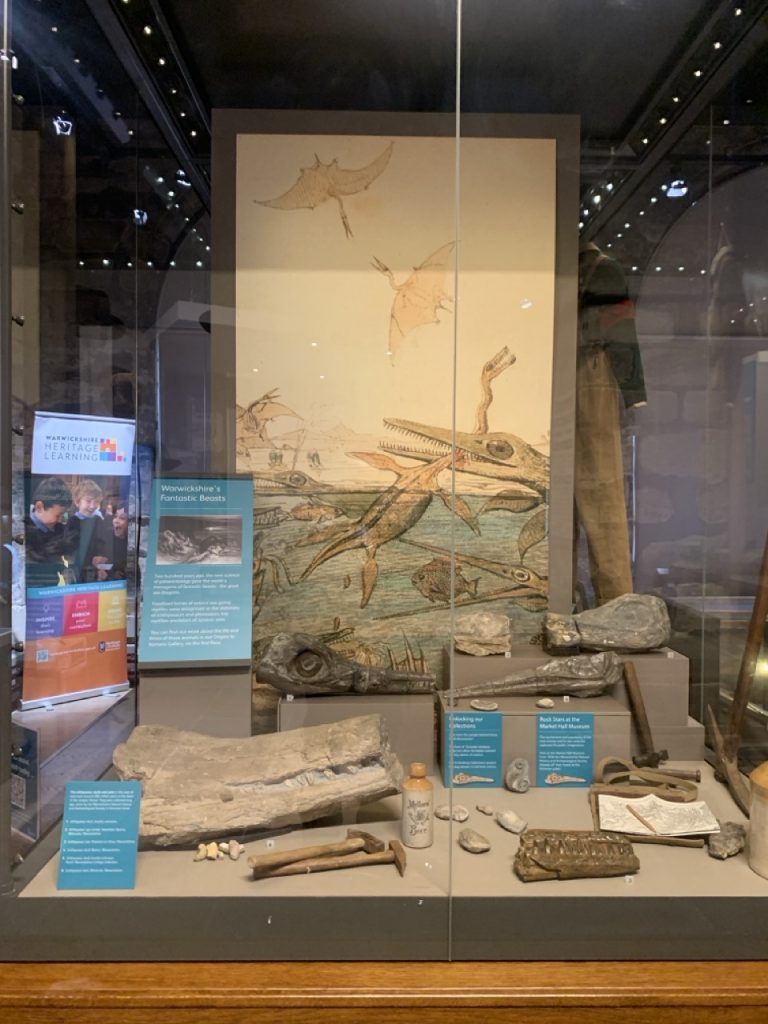
We also talked about the Sheldon Tapestry, and how it locates the museum in the local area, and how local people engage with it – important for a county museum.
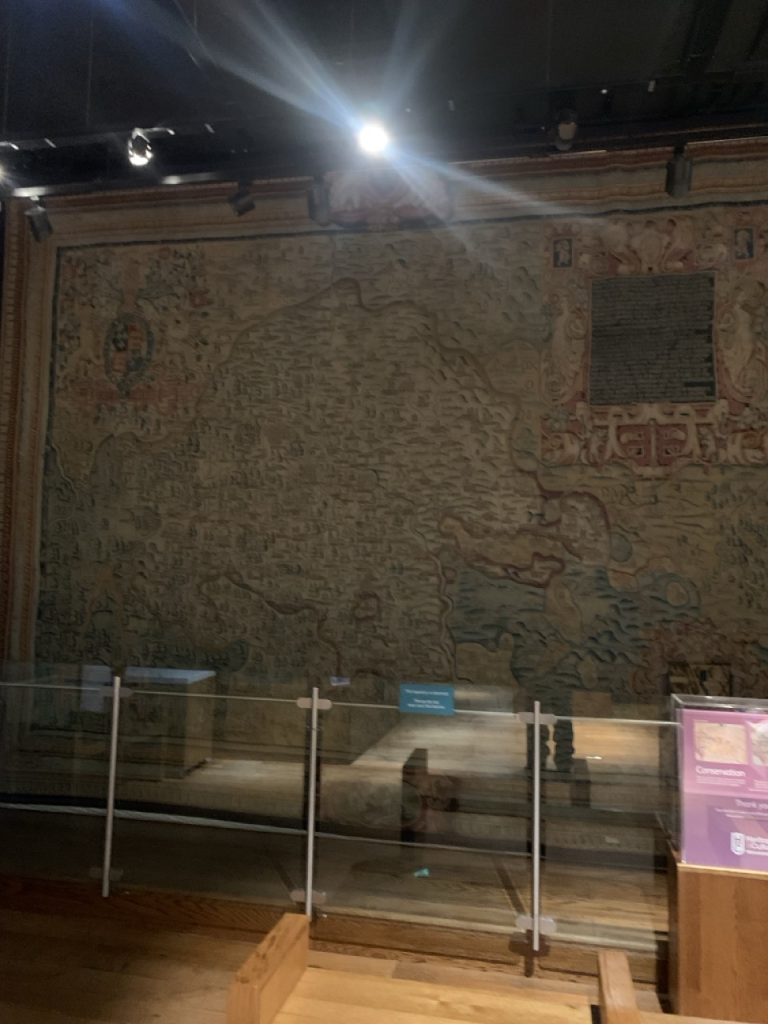
The museum does an amazing job of presenting 600 million years of local history in a way that is neither overwhelming nor impersonal – in fact, quite the opposite. There’s all kinds of things to explore, including the Romans, Victorians, and, of course, the dinosaurs, with great palaeontology and modern animals represented.
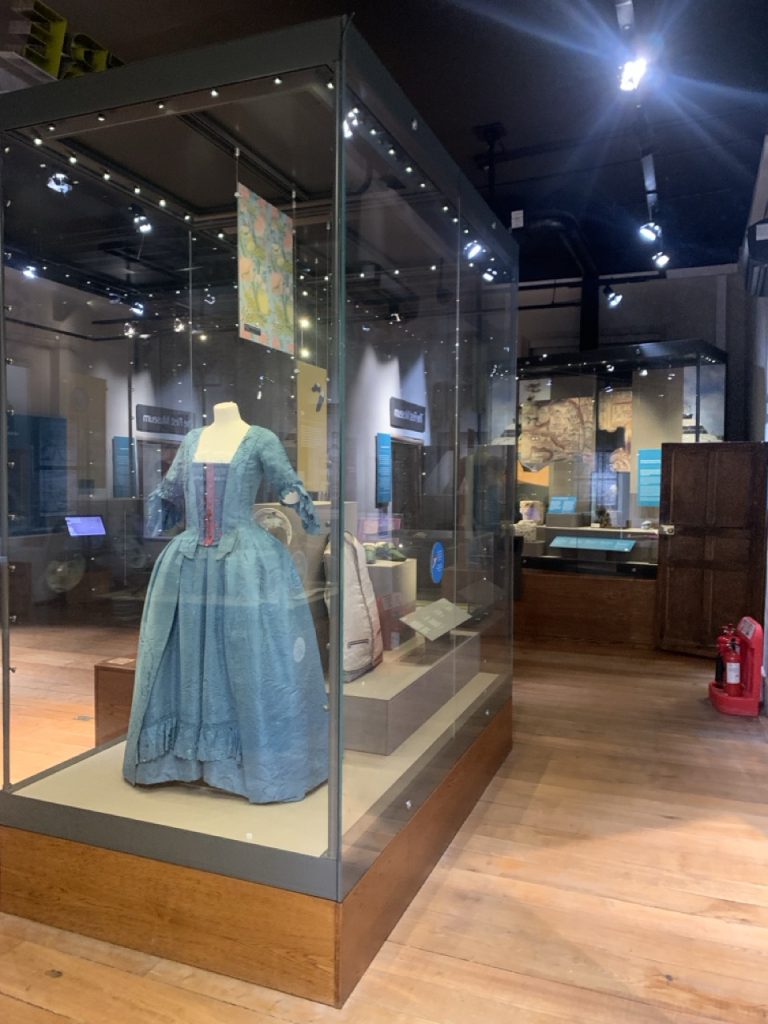
The overall effect is to ensure that visitors realise that such exotic things aren’t just distant in history and geography, they are part of the local story.
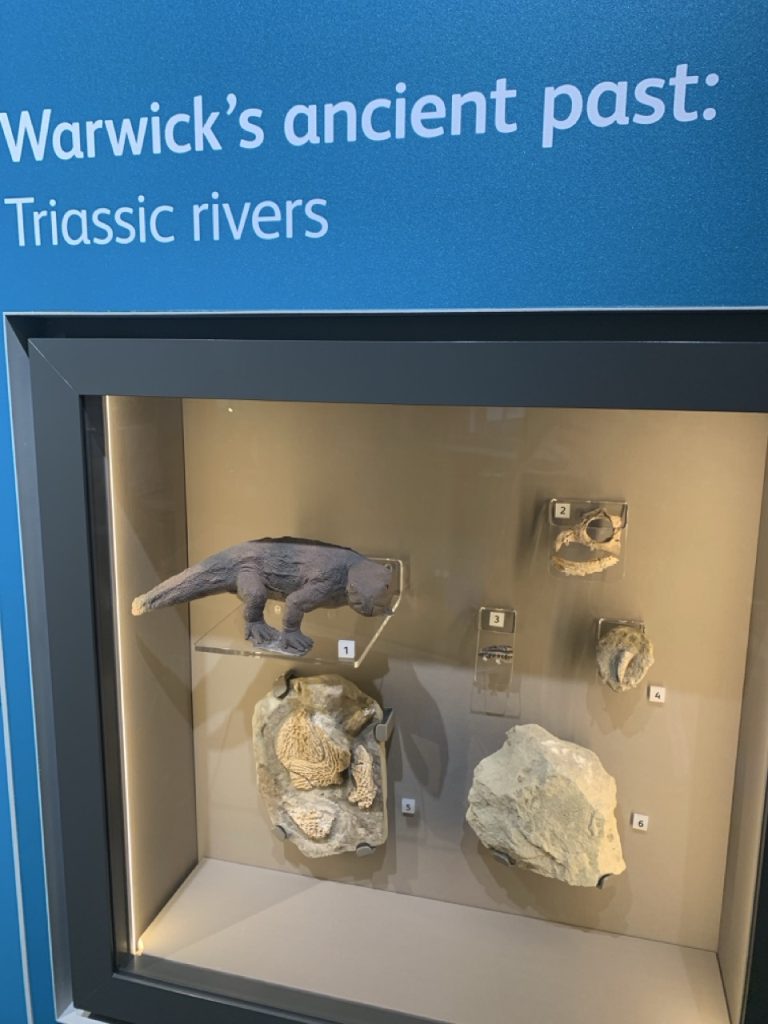
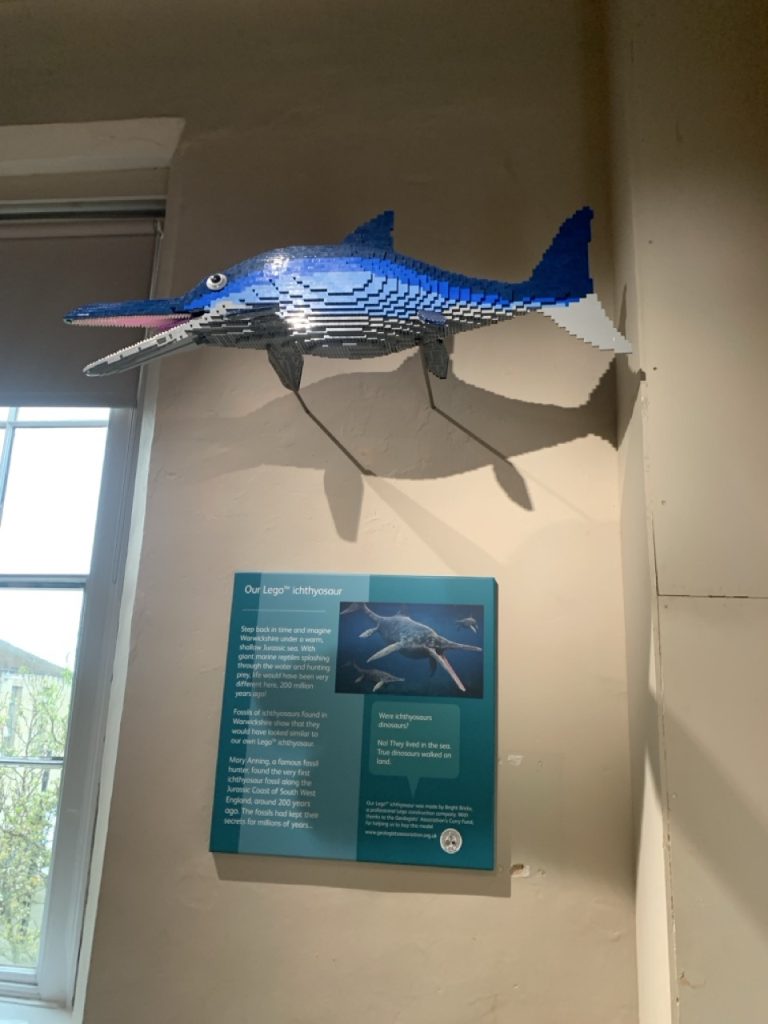
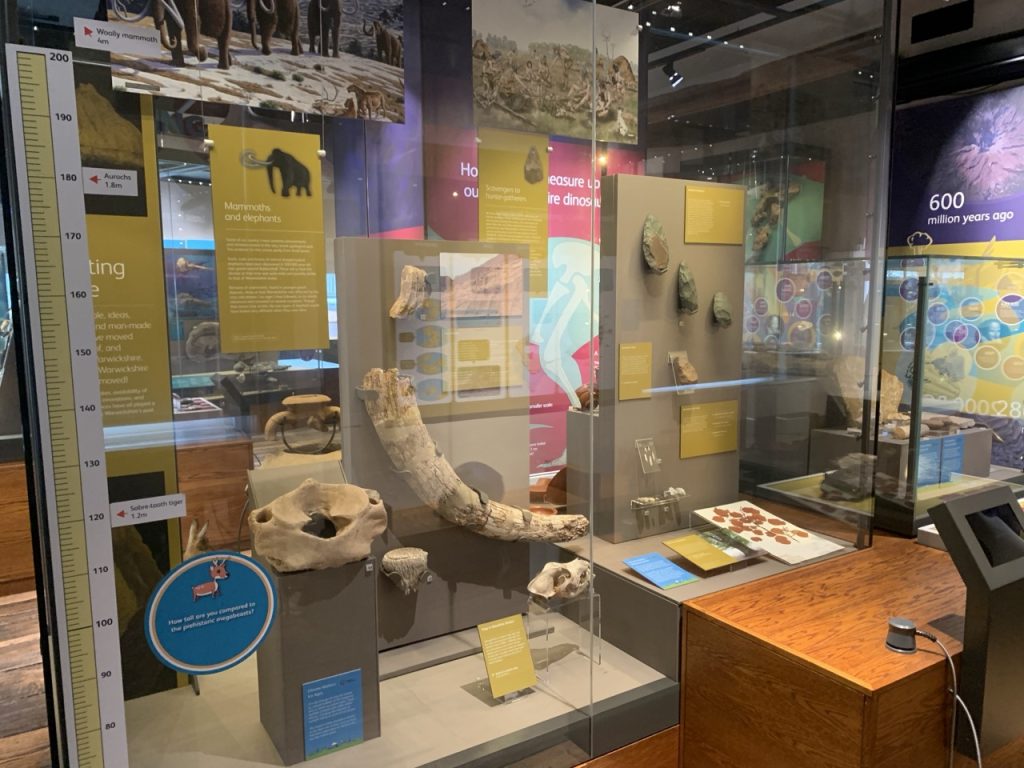
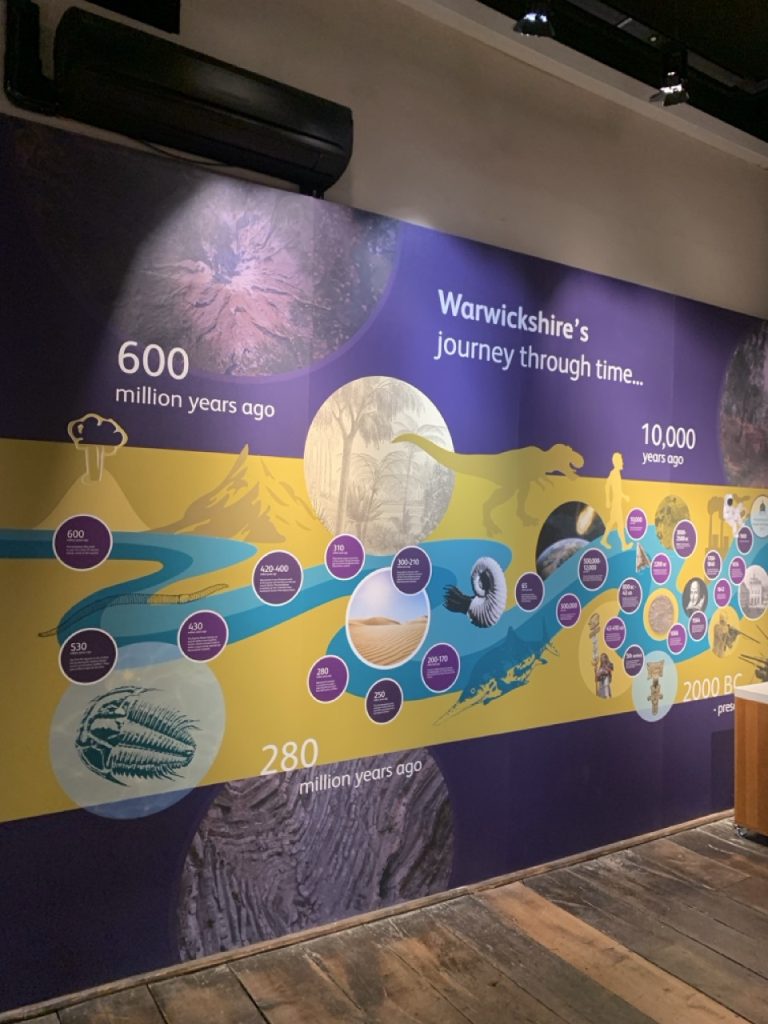
The reconstruction of a Victorian collectors study is really interesting, and works well to connect the museum itself to its past.
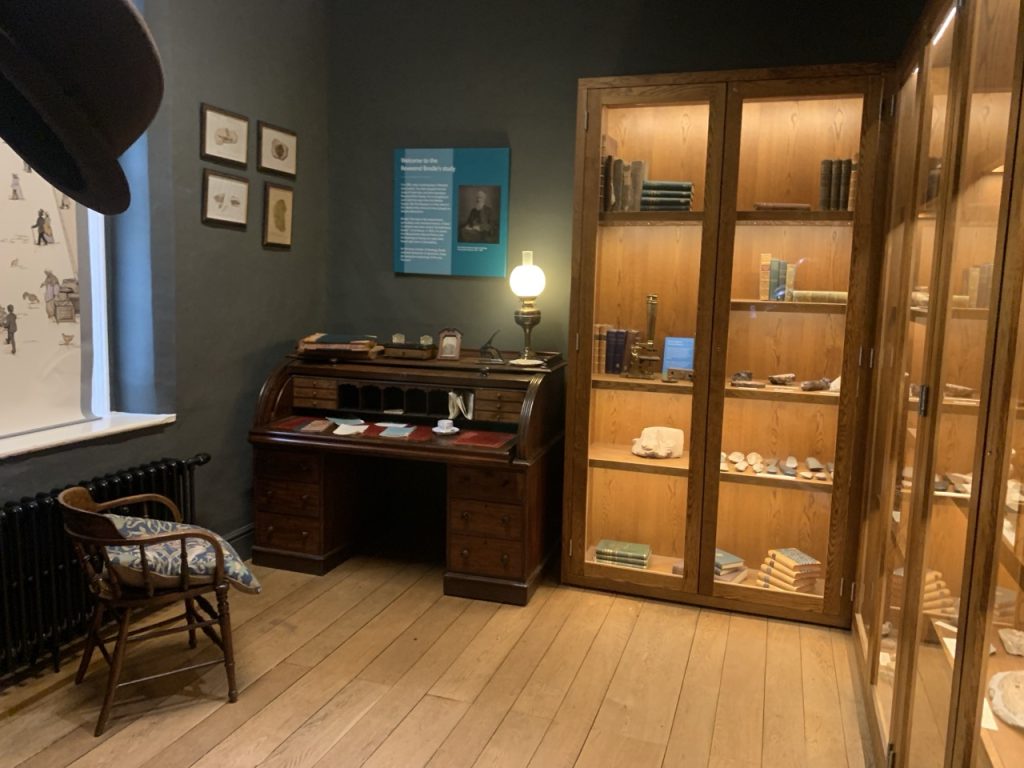
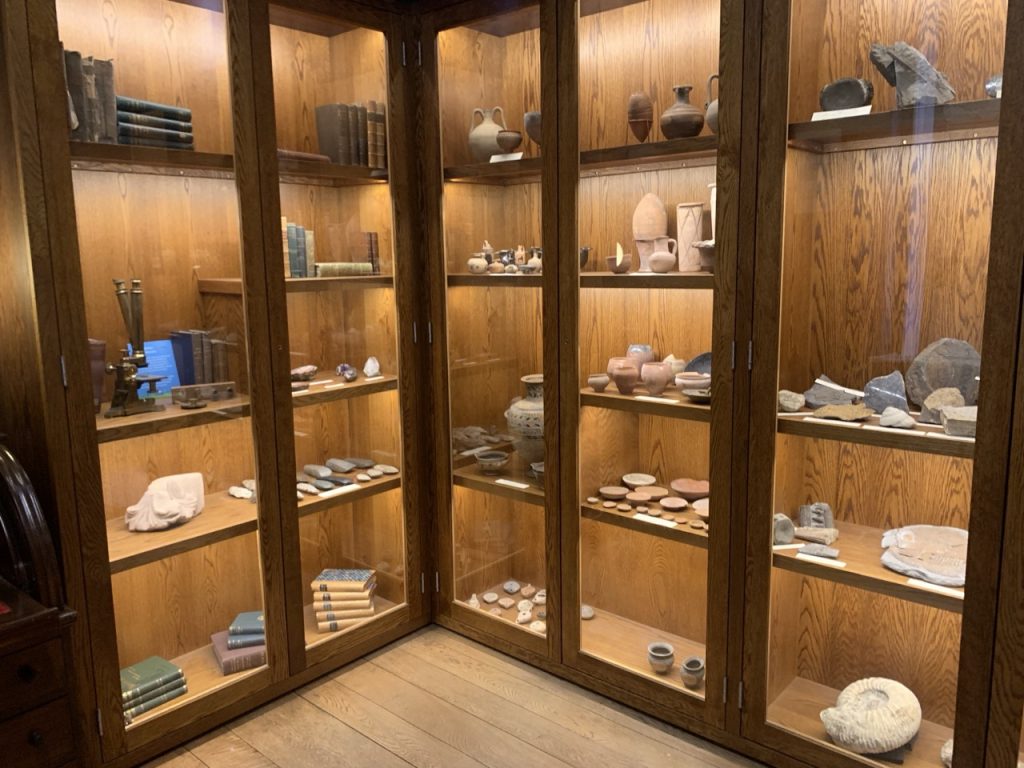
Listen to the podcast to find out more.
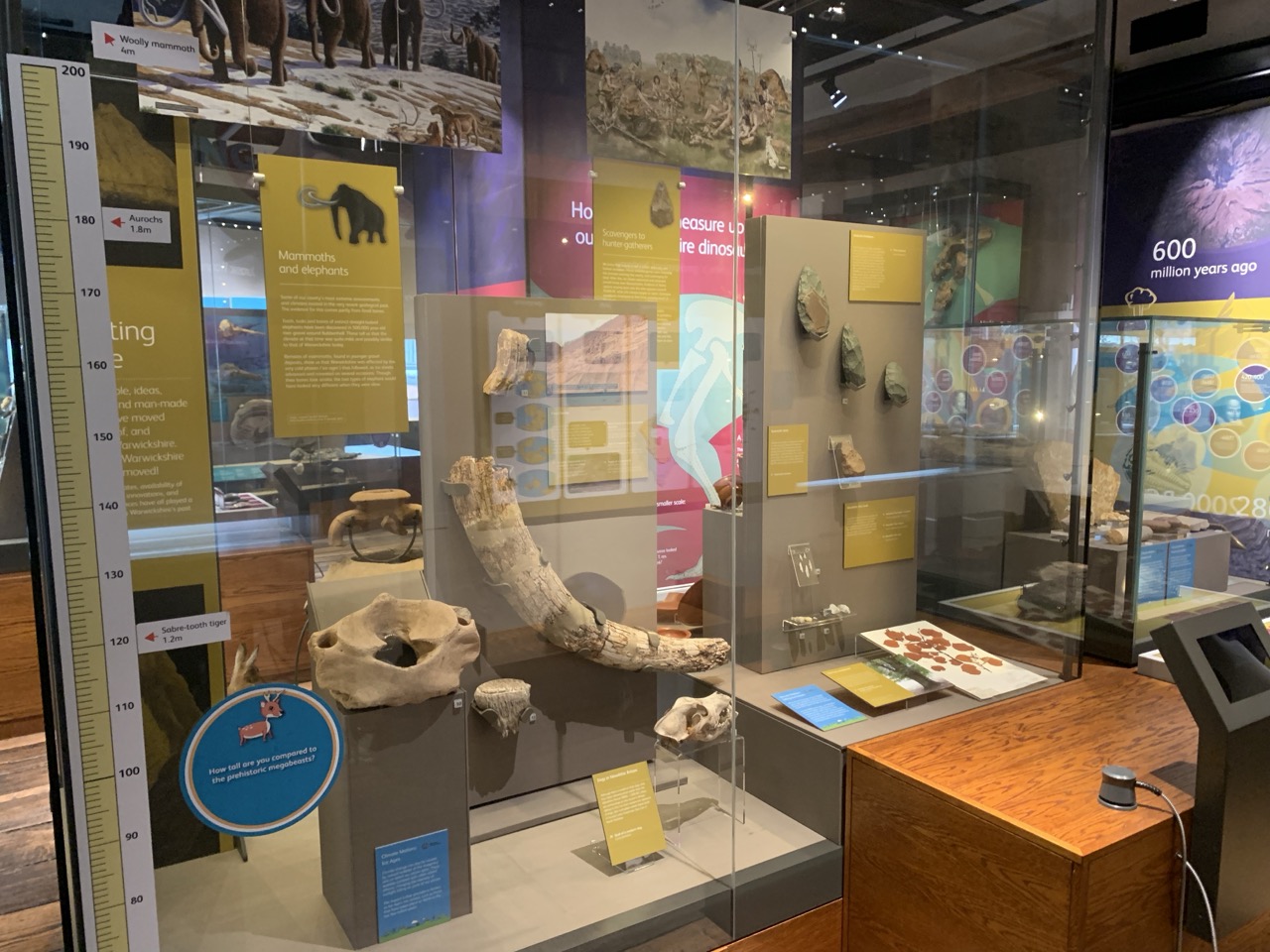
Leave a Reply